Learning sports photography is as achievable as it’s ever been. There’s more choice for all budgets on equipment and the technology for sports photographers advances each year.
Getting impressive photos of people playing sports can be difficult - but with a few basic ground rules, anyone can shoot images that create real impact.
Fast movement, poor lighting and outdoor weather conditions are just some of the obstacles to overcome. You might currently not be able to get as close as you’d like to really capture a key moment of a match or a facial expression.
With the right equipment and know-how, you can take photos that you and your club will be proud to put on your website and showcase on social media.
Tip 1 – Get the right equipment
When it comes to sports photography, your smartphone just can't cut it. To really get close to the action, you need to purchase a DSLR and a zoom lens.
Some initial investment is required, but the result brings a level of professionalism your club will benefit from for years.
Someone at the club will have a DSLR or a sports club can buy an entry-level model DSLR for £300-£500 as a guide.
We’ll explain the importance of zoom capability and difference between an all-in-one camera or a DSLR with a zoom lens.
The challenge usually is finding a willing volunteer to agree to photograph matches, events and the goings-on at your club.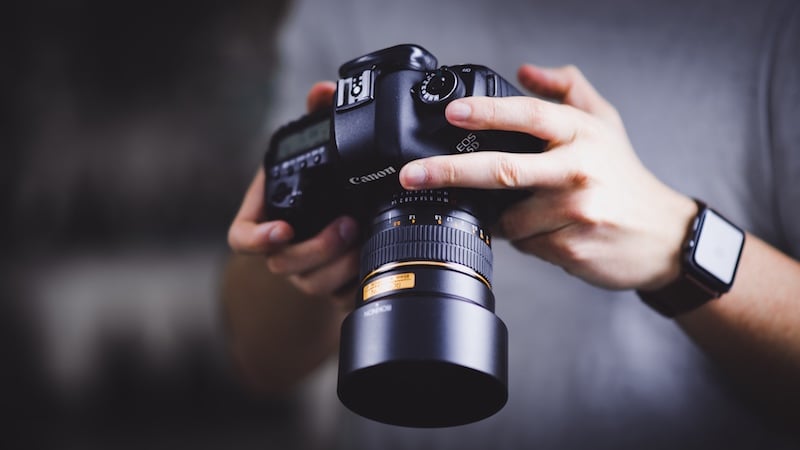 Photo by William Bayreuther
Photo by William Bayreuther
What camera is best for sports photography?
This will depend on your experience, photography knowledge and budget. Let’s assume you’re a volunteer at a club who’s been asked to take photos next season.
There are broadly two types of camera for amateur sports photographers:
A ‘bridge camera’ has everything (including zoom) in one body and they are usually lighter-weight. The down-side is that convenience can come at the price of picture quality, compared to a DSLR. You also can’t change to a close-up/macro lens or adapt for very low lighting.
Examples include: Sony Cyber-shot, Panasonic Lumix or Nikon Coolpix.
One of the key features to know on a bridge camera is ‘optical zoom’ which you’ll need for sports photography at a distance. The higher the better is the rule of thumb here - x24 upwards under £500.
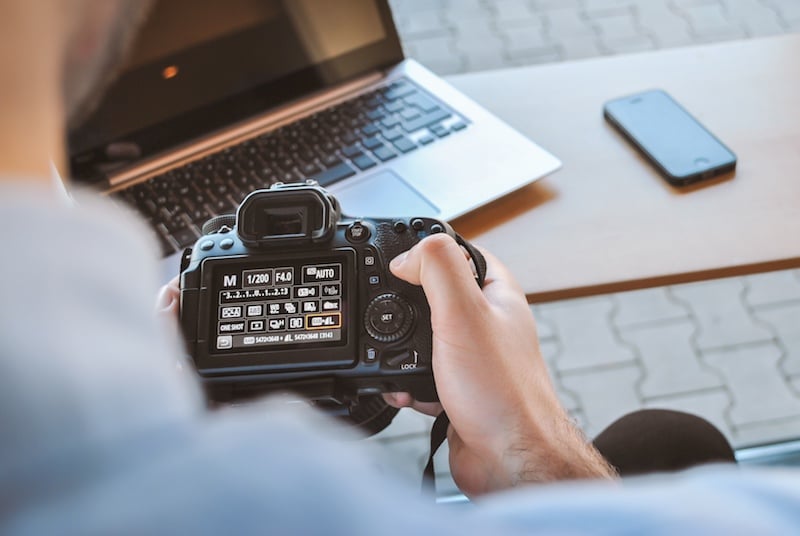 Photo by JESHOOTS.COM
Photo by JESHOOTS.COM
A digital SLR camera will offer incredible quality images, have interchangeable lenses and many more manual options. Entry-level models in 2020 include the likes of Nikon D3500, Canon EOS 250D, Sony A6100 or Panasonic G100.
Higher grade cameras like the Canon 90D are a better choice but these pro-level cameras require more photography knowledge and you have to be prepared to spend more.
You will also need a zoom lens to go with your new DSLR. A basic 75-300mm f4 lens will allow you to shoot a variety of different sports.
It won't quite get you up close and personal with players who are on the opposite side of the field but for those diving into sports photography for the first time, it will be more than adequate. 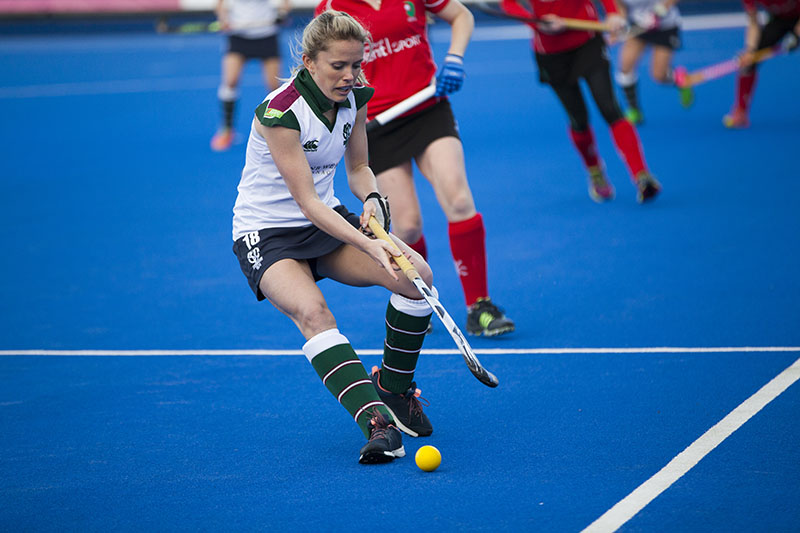
You'll ideally need a lens with an f-stop down as low as you can afford. F-Stops are a number used to identify the amount of light that a camera lens allows onto the sensor when taking photos.
A lens with an F-stop of 2.8 has a wider opening which thereby allows more light into the camera. The more light allowed into the camera the faster the shutter speed you can use.
Faster shutter speeds are important because they allow you to capture sharper images faster. The downfall, they are expensive. You could consider renting one, but most clubs are better off compromising on quality until they find their price point.
If the cost of a new zoom lens is prohibitive, second-hand or ‘re-conditioned’ lenses from dealers like Wex Photography or MPB are the perfect solution.
Tip 2 – Camera settings
It’s important to make sure that you understand some basic photography concepts before you go out to the side of the pitch.
A digital camera has a variety of settings including Manual, Automatic and those in between. It is all about deciding how much light you let in to your camera's sensor through the speed of the shutter and the size of the 'aperture' (opening of the lens).
You might start with 'Automatic' where all the settings are decided for you. In time, try to use the 'Sports' mode that most entry-level DSLRs provide and experiment with manual settings.
With manual, you can adjust the shutter speed, the aperture and the ISO yourself. It’s not difficult to do, you just need to take some time and learn about these different elements of photography.
For more on manual settings, take a look at this cheatsheet for beginners.
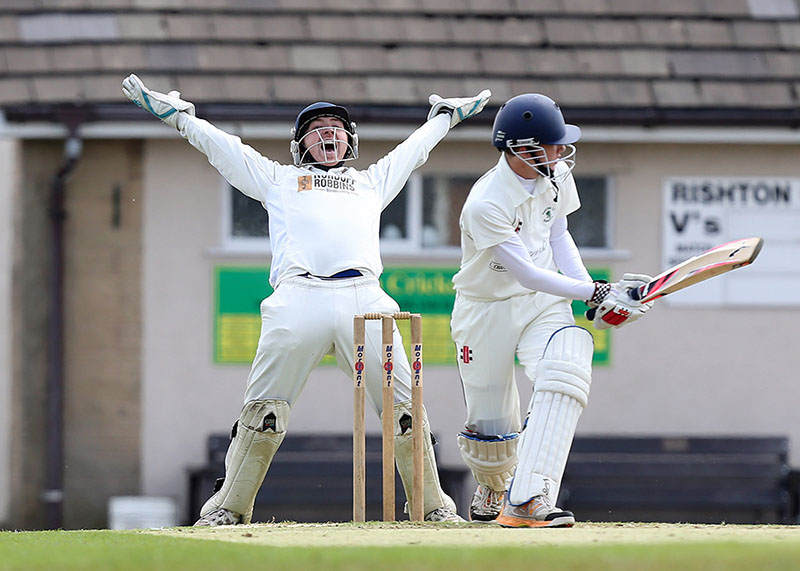
Other useful settings
Focus Mode – DSLR cameras offer photographers a variety of ways to focus. On Canon cameras, these modes are called:
One Shot – this mode is used for capturing stationary objects or people.
AI Focus – this intelligent mode is designed to decide whether the subject being captured is in motion or stationary.
AI Servo – this mode locks onto a moving subject and continually refocuses as your shoot.
It might be that you choose AI Servo at all times during sporting events. The mode will help lock onto a player and will follow them as they move, ensuring your images are sharp during the heat of sporting action.
Tip 3 – Use burst mode
Burst mode is one of the main reasons we recommend using a DSLR to capture sports images.
Setting your camera to burst mode means that when you hold down the shutter button, your camera will take a series of images in quick succession. The higher frame/per second rate the better.
When used in combination with the focus mode AI Servo you'll stand a much better chance of creating sharp, impressive imagery.
Tip 4 – Watch the game first
Be patient. You don’t have to just turn up and continually snap images during a game. Take time to assess the speed and flow of the match.
This achieves a few things. You get to know how certain players run, react and behave. Does a fast bowler have an unusual bowling action? Does a goalkeeper have a ritual you want to capture?
Think about the types of shots you might want. Footballers competing for headers, batsmen launching a six or netballers shooting for goal?
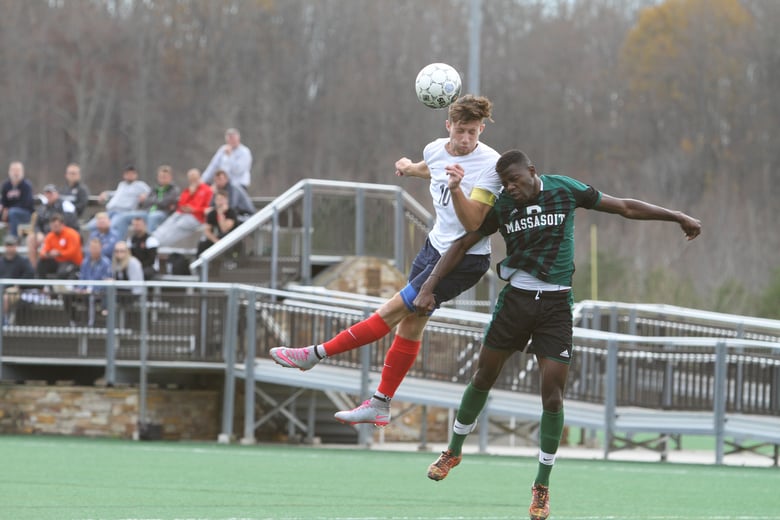 Consider different angles and perspectives.
Consider different angles and perspectives.
It’s also an idea to look away from the action too. Find players who are waiting for a pass or who are running up the other end of the field. These images are great; there will be few distractions visible and the intensity on their faces will be clear.
Parents love to see their children in those off-duty moments. Capture a child who is hustling back to take up a defensive position, or gauge the reaction of a dramatic moment from elsewhere on the pitch.
These can often be just as dramatic as penalty or goal, and the bonus is you'll have more time to compose your shot and get the player fully in the frame.
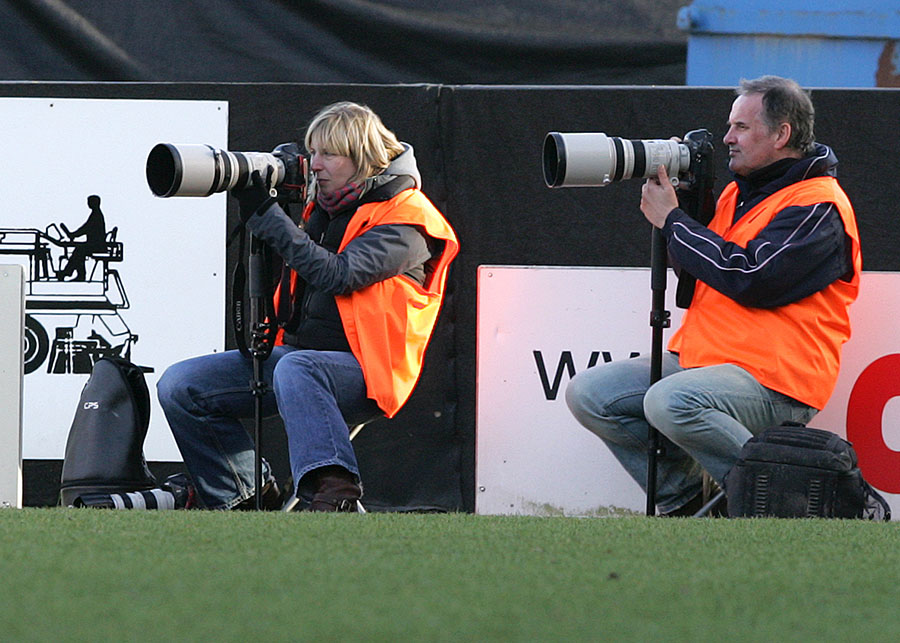
Tip 5 – Use a monopod
Using a large lens and a DSLR can get tiring. The F2.8 lenses weigh quite a bit. A steady hand is crucial as movement at the wrong moment can ruin a photo.
The solution is a monopod. They're available for all budgets and you can pick one up from your local camera store or online.
If you are taking shots all day, you will certainly need some support. Even the best pros will use a monopod to help them manage the weight.
They are also lightweight, adjustable, portable and mean you can move and track a player quickly, while keeping steady.
An alternative is a tripod with three legs; it offers more stability for longer periods (like a pitchside interview) but if you need to move your camera quickly, that can be tricky.
A tripod would also be the choice for shooting video; again where any camera shake is immediately obvious.
Tip 6 – Switch to back button focus
If you find yourself getting into the swing of things, back button focus is a way to kick on your knowledge further. On some cameras, you won’t find a dedicated back button option but will have to choose this option from the settings.
Back button focus is a nifty little technique because you can set your camera so autofocus is controlled by a button that is separate from the shutter.
Typically, you half hold down the shutter to focus and then press all the way down to take the shot. With back button focus, those two elements can be divided.
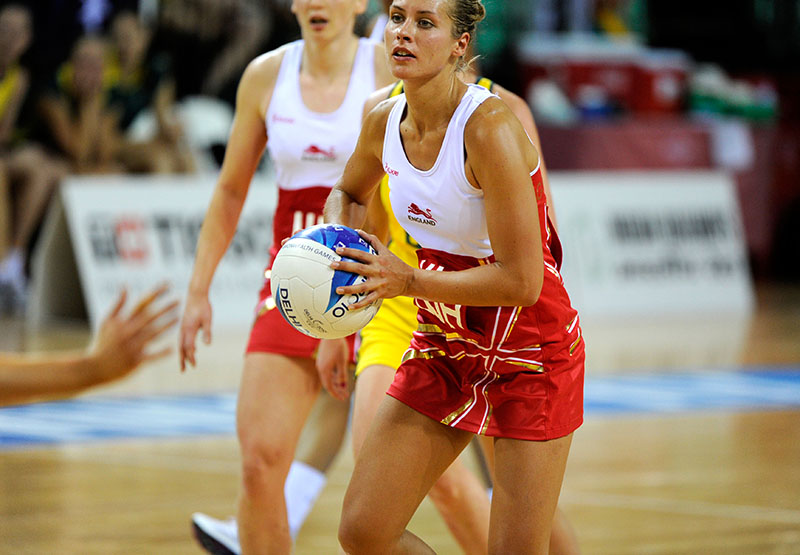 As you progress in your photography skills you will come to understand that this tool is essential for capturing amazing sports shots.
As you progress in your photography skills you will come to understand that this tool is essential for capturing amazing sports shots.
Back button focus gives you the power to lock your focus onto a specific player like the goalie for example.
You use the button to lock you focus then once you release the button your camera will stayed locked onto this player regardless of how many other players might enter the frame.
When the autofocus is attached to the shutter button, you don’t have this option and the camera will sometimes change its focus to a player who suddenly enters the frame - thus ruining the shot you'd just lined up.
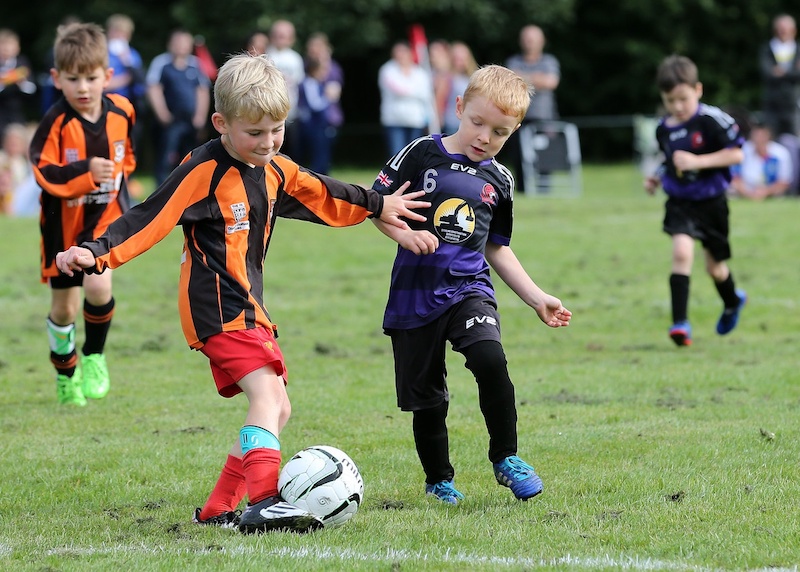
Tip 7 – Keep Practicing
Becoming a more accomplished sports photographer will take time to hone your skills and decision-making. You will need to learn your camera’s capability, different lighting conditions as well as when and where to look.
Of course, if you’re starting out, it can feel daunting but in the world of digital, there’s no cost with bad images - you just delete them!
The key thing is to learn as you go. If your photos are too dark or have other mistakes, we all make them but look at the settings for that photo.
Was the ISO too high or the shutter speed too slow? Just tweak one setting at a time and test how it affects the image until you get to know what works best.
Sports photography is all about light, your subject and how the shot is composed. It’s really rewarding when you take an image that is pin sharp and tells a story.
Players and supporters like seeing themselves during matches or events and it creates talking points every week.
For sports clubs, a dedicated photographer is a goldmine; both for photo galleries and articles on the website as well as building a social media audience. Have fun!

